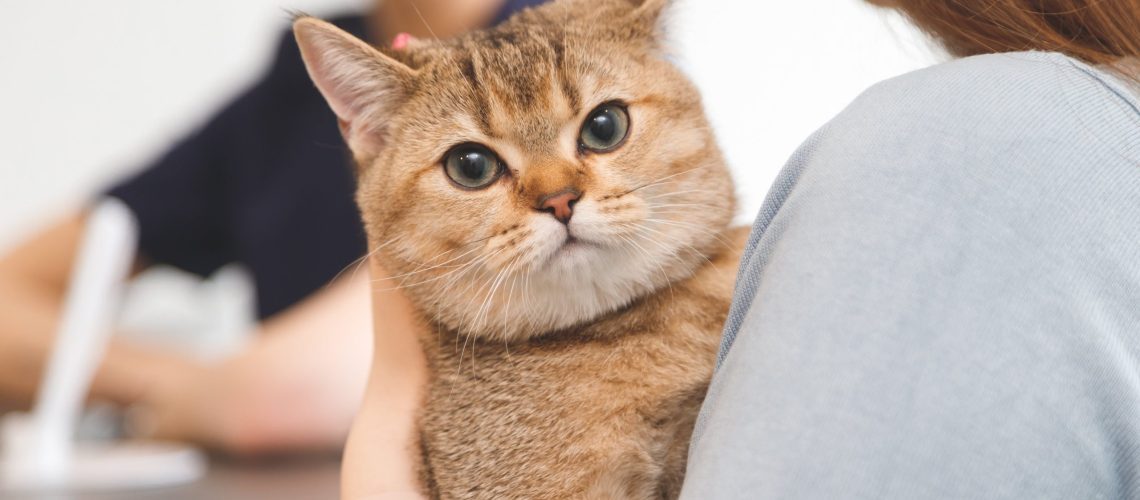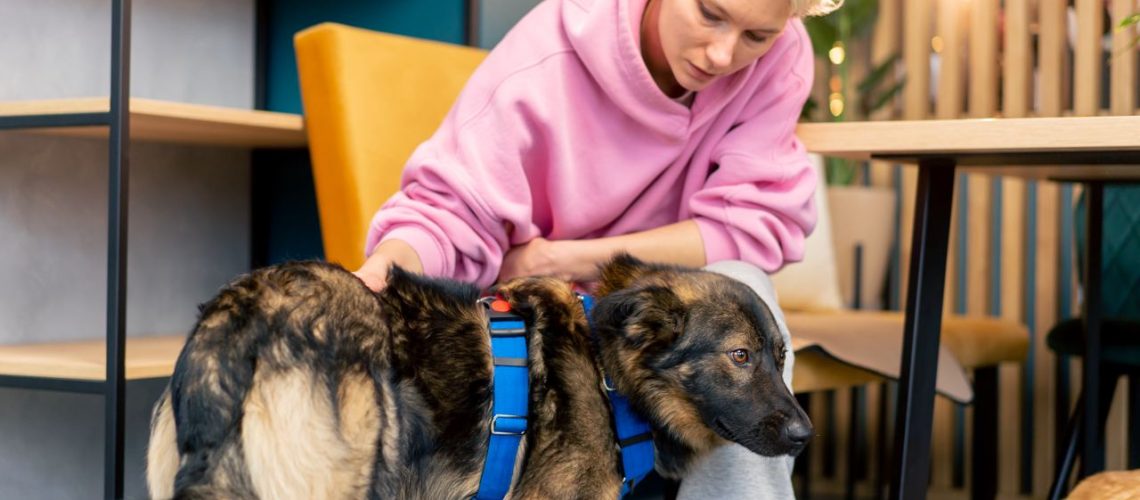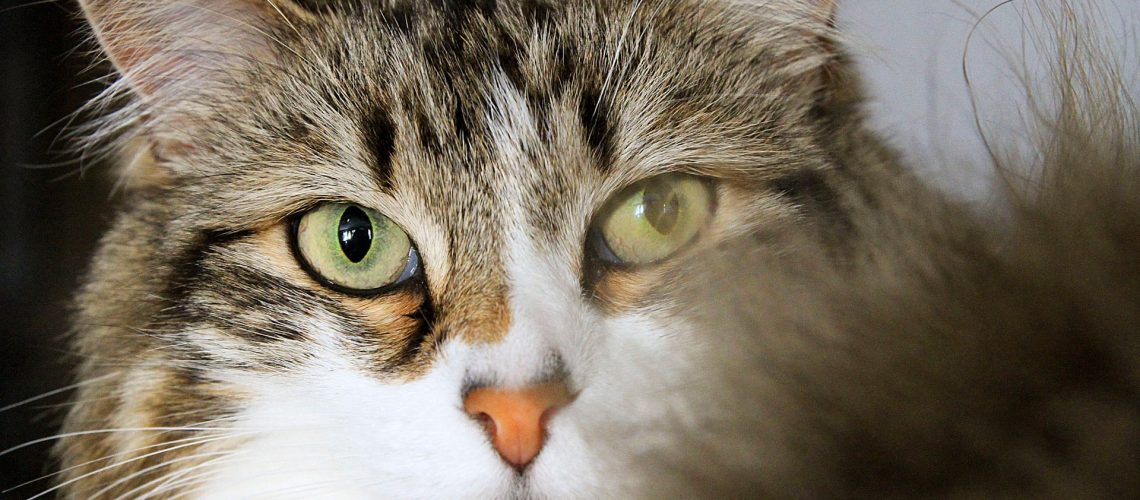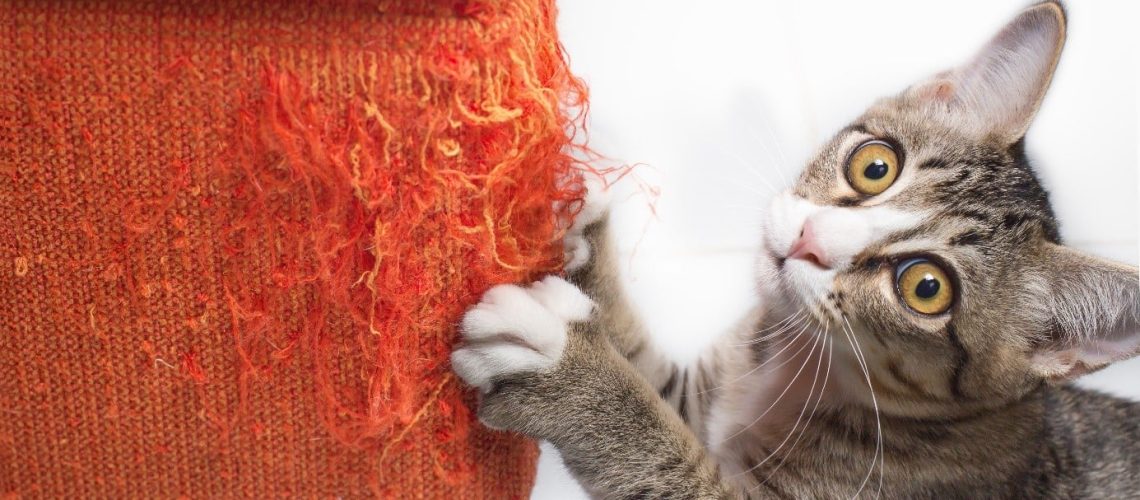Saying goodbye to a beloved pet is one of the most heartbreaking moments an animal owner can experience. Cats, with their unique personalities and unconditional love, are often considered full members of the family. When the time comes to say goodbye, many owners wish for a respectful and dignified way to memorialize their beloved companion.
One of the options increasingly being considered is cremation. This offers a way to stay close to your loved one by keeping the ashes or scattering them in a meaningful place. In this blog, we explore the various aspects of cremating a cat, including the cost, the process and the options available to memorialize your beloved friend. We also discuss how to choose a service provider and how to approach this difficult time in a personal way.
Where to have a cat cremated?
When it is time to say goodbye to your beloved cat, you can opt for a respectful cremation through various services designed specifically for pets. Pet crematories usually offer two main types of cremations: individual or communal cremation. In individual cremation, your cat is cremated separately, giving you the option of receiving the ashes back in an urn of your choice, while communal cremation involves cremating multiple animals at the same time without returning the ashes.
Many veterinary practices work with these cremation services and can make the arrangements for you. In addition, you can contact an animal crematorium directly to discuss your needs. Some crematories offer additional services, such as online memorial pages or personalized memorials, to remember your cat. Choosing the right cremation option provides a dignified farewell and helps cherish the memories of your beloved pet. The cost of a dog cremation is furnished slightly differently, but is roughly equivalent to that of cats.
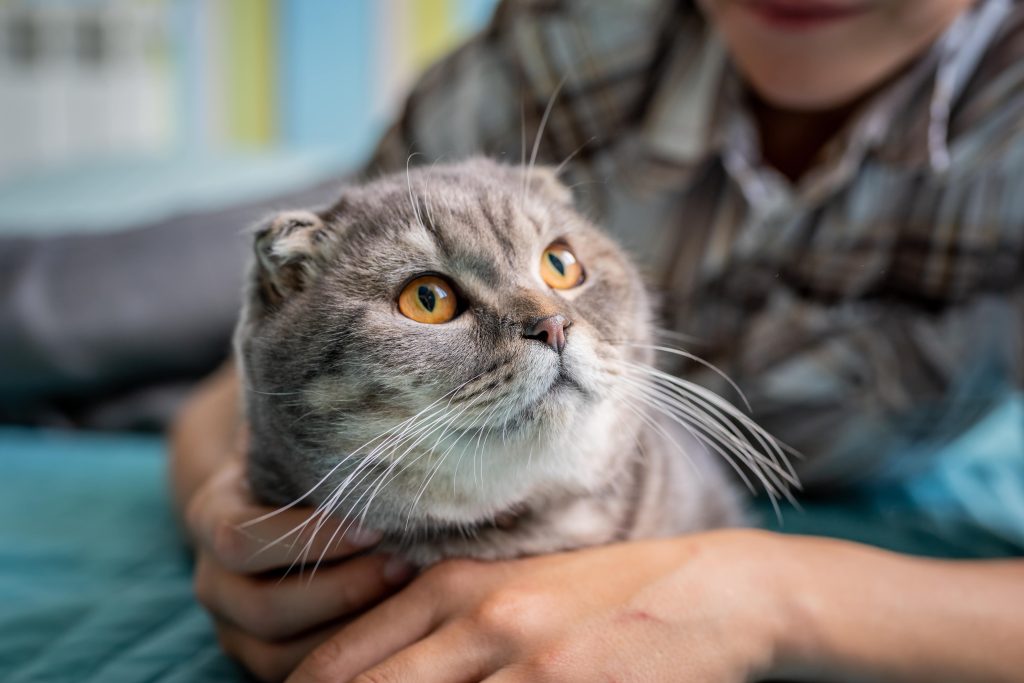
Different cremation services
1. Individual cremation
Individual cremation offers cat owners a personal and respectful way to say goodbye to their beloved pet. In this form of cremation, the cat is placed alone in the cremation chamber, guaranteeing that the ashes returned to the owner are exclusively their own pet’s. This process allows owners to say goodbye in an intimate way, with the assurance that they can remember their loved one in a way that best suits the bond they had.
After cremation, the ashes are carefully collected and placed in an urn or memorial container of their choice, allowing owners to choose a final resting place that is meaningful to them and their cat. Whether keeping the ashes at home, scattering them in a beloved spot, or placing them in a memorial garden, individual cremation provides a path to healing and honoring the life of a special companion.
Average cost: 100 euros
2. Collective cremation
Collective cat cremation is an option for owners who want a dignified farewell for their pet, but who may be seeking an alternative to individual cremation due to cost considerations or personal preferences. In this method, multiple pets are cremated together. This process still offers respectful treatment, but involves not returning the ashes to the owner, given the communal nature of the cremation.
For many owners, collective cremation offers comfort that their cat is in the company of other animals, which can sometimes help with the grieving process. This option is often chosen as a more budget-friendly approach, while still offering a meaningful way to say goodbye. Animal crematoriums that offer collective cremations typically provide dignified treatment for all animals and provide a respectful final resting place, such as a special memorial garden or natural setting.
Average cost: 70 euros
3. Partial cremation
Partial cremation, a term less common in the context of pet cremation, can sometimes refer to a situation where a pet is cremated along with other animals, but with some separation in order to be able to return some of the ashes specifically from one’s own pet back to the owner. This process attempts to provide a middle ground between individual and collective cremation. It allows owners to retain a physical memory of their pet while also keeping costs lower than a completely individual cremation.
However, because this method does not guarantee complete separation like individual cremation, it is important that owners understand the specific practices and guarantees of their chosen crematorium. Partial cremation can be a compromise for those who prefer a tangible memory of their pet, but must also consider budgetary constraints. It provides a path to grieving while respecting the wishes and resources of each pet owner.
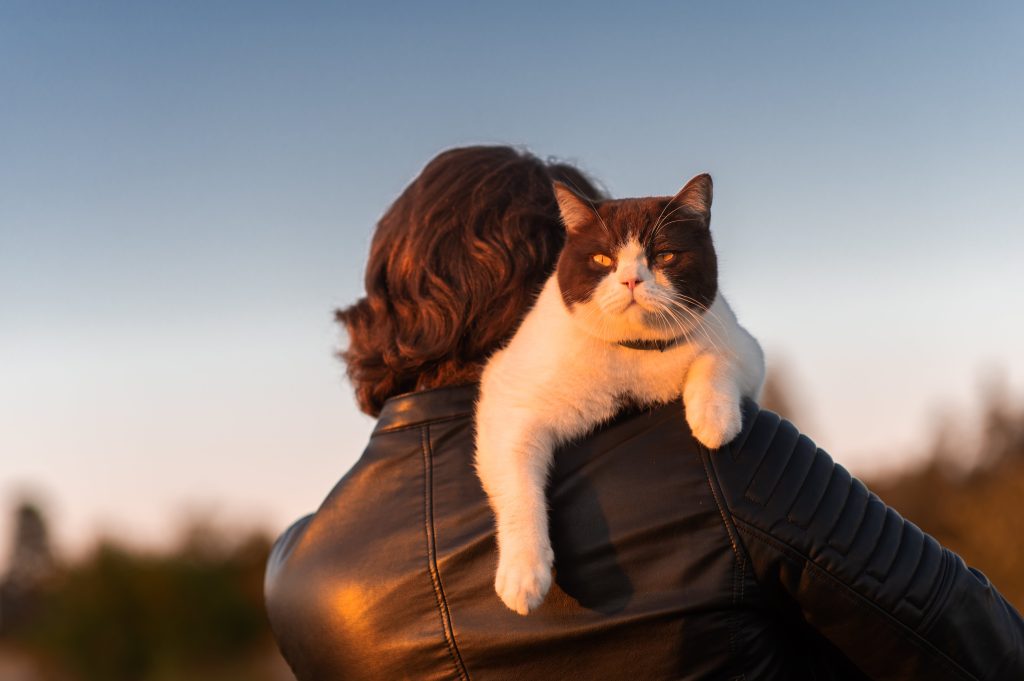
How long does a cat cremation take?
The duration of a cat cremation can vary depending on several factors, such as the size of the pet and the type of cremation chosen. Generally, the cremation process for a cat takes about 30 minutes to a few hours. Individual cremations, in which the cat is placed alone in the cremation chamber, may take slightly longer than collective cremations because of the care and attention given to ensuring the integrity of the ashes.
It is important to realize that this time frame includes not only the actual cremation process, but also the preparation time prior to cremation. After cremation, the ashes are cooled and then carefully collected and prepared for return to the owner or final resting place. Although the process takes some time, crematoriums ensure that each step is performed with respect and care in honor of the beloved pet.
What do ashes look like after the cremation of a cat?
After the cremation of a cat, the ashes look like a collection of fine, granular powdery substance, ranging in color from gray to whitish, with possible lighter or darker shades depending on the specific composition of the bones and the burning process. These ashes are the result of the high temperatures used during the cremation process, reducing the cat’s body to its most basic elements.
Small, irregular pieces of bone may also be present in the ashes, contributing to their unique texture. The amount of ashes remaining after cremation can vary, usually depending on the size and weight of the cat, but it is often less than owners expect. The ashes are carefully collected and placed by the crematorium in an urn or memorial container, ready to be returned to the owner or respected in a chosen manner.
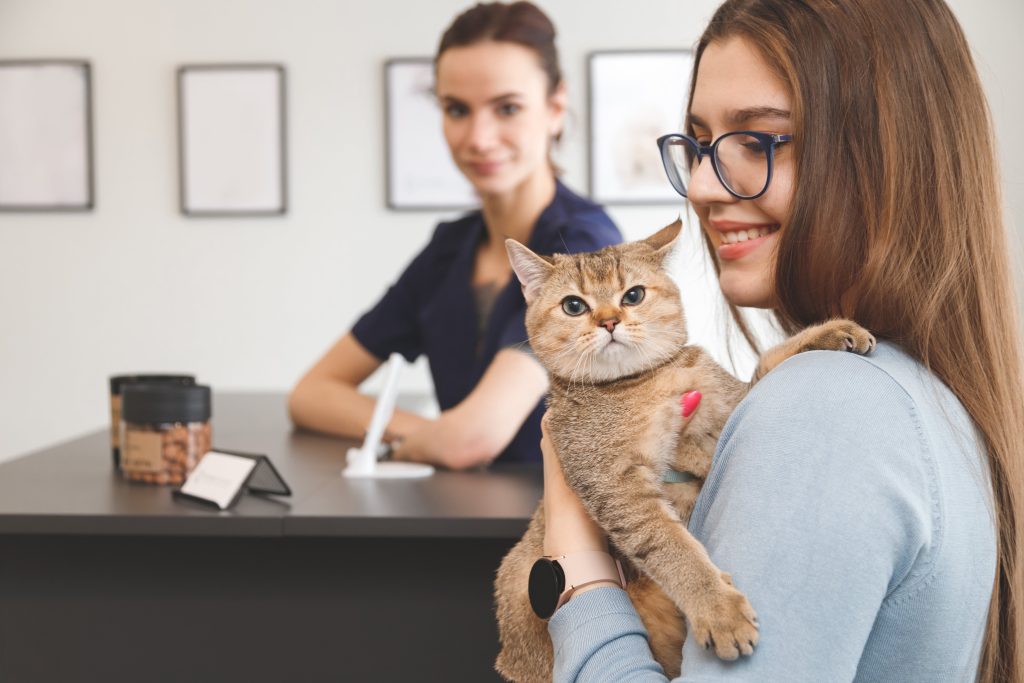
Getting cat insurance for the cremation of a cat
Taking out cat insurance can be a crucial step for any cat owner, especially in the context of the inevitable goodbye. Cremation of a cat, whether individual or group cremation, involves costs that can be unexpected and burdensome at an emotional time. Cat insurance not only covers medical care during your cat’s lifetime, but can also contribute to the cost of cremation, depending on the package you choose.
At Pet Insurance Compare, we understand the importance of this support. We offer a wide range of pet insurance policies designed to meet the diverse needs of pet owners. By purchasing insurance through our platform, you can ease the financial burden of both health care and saying goodbye to your cat. This allows you to focus on what really matters: the loving memories of your companion. Discover the best options for your situation on our website and ensure peace of mind at every stage of your cat’s life.

